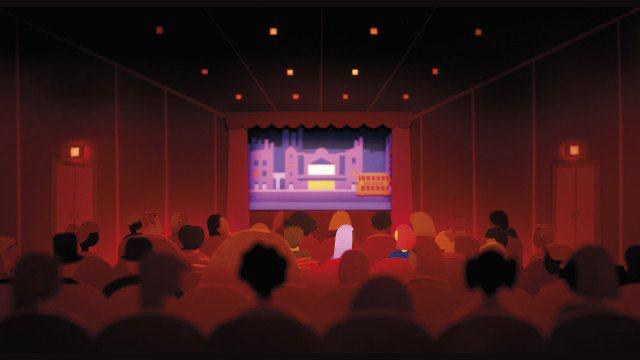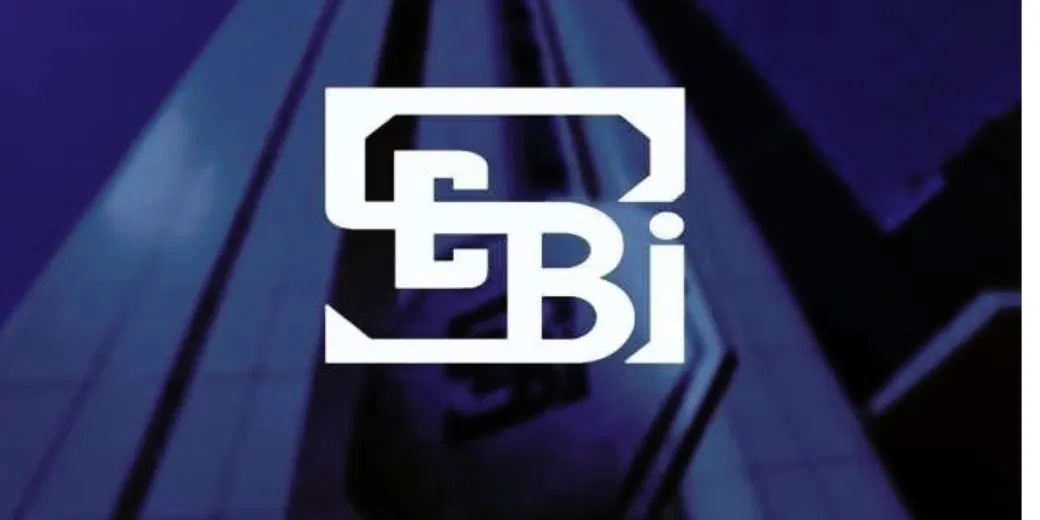The global film industry stands on the cusp of transformative change as animation rapidly evolves from a niche genre to a powerful medium for cinematic expression. With new technologies, creative storytelling, and audience demand converging, the question arises: Will cinema find its nirvana in animation? Here’s an in-depth look at the trends, challenges, and promise that define the animated film revolution in 2025.
Key Highlights Shaping Animation’s Cinematic Ascent
The animation industry in India is projected to reach INR 131 billion by 2025, growing at a compound annual rate of 15 percent—indicative of surging demand and investment in animated content, gaming, and VFX-driven films.
AI-powered animation, hyper-personalized storytelling, and AR/VR integration are reshaping both the production pipeline and audience engagement.
Adult animation, regional language content, and cross-genre experimentation are expanding the artistic and cultural range of animated cinema.
Global studios, from Disney to Netflix, are leaning into animation not just for children but as a mature platform for drama, satire, biography, and cultural storytelling.
Technological Transformation: AI, Real-Time Rendering, and New Visual Frontiers
Artificial intelligence is streamlining labor-intensive processes like in-betweening and color correction, freeing up animators for creative tasks and reducing costs.
Real-time rendering technology has become the new standard, making animation production more efficient and accelerating time-to-screen for feature films and streaming content.
Advances in 3D modeling and motion capture enable animators to create hyperrealistic characters and environments, blurring the lines between live action and animation.
Studios are also adopting sustainable, eco-friendly production techniques, reducing their carbon footprint in an increasingly climate-conscious industry.
Diverse Narratives and Expanding Audiences
Animation is increasingly seen as a storytelling canvas for all ages. The rise of adult animation, such as India’s KTB Bharat Hain Hum and international series like BoJack Horseman, has proved that mature themes and dark comedy can thrive in animated formats.
Multilingual and regional animated features are finding success, especially in markets like India where demand for content in Hindi, Tamil, Telugu, and Bengali is growing.
Historical epics, futuristic sci-fi, and experimental arthouse animations are being produced for both the big screen and on-demand streaming platforms.
New Modes of Monetization and Distribution
Animation studios are diversifying revenue streams through short-form content, fast channels, YouTube, and even audio platforms, targeting both young and adult demographics.
OTT platforms like Disney+ Hotstar, Amazon Prime, and JioHotstar are increasingly commissioning exclusive animated series, leading to multi-season successes and building enthusiastic fan communities.
Original IP creation—for example, expanding Baahubali into animated spin-offs—boosts long-term monetization and drives merchandise and licensing ecosystems.
The Challenge of Volatility and Recovery
The Indian animation sector saw a significant 19 percent decline in 2024 due to reduced ad spending on linear TV and fewer greenlighted international projects, but FICCI estimates a sharp recovery as global content announcements and investments rebound.
Integration of AI and immersive technologies continues to be in early phases for long-form cinema, but rapid adoption for short-form and asset creation signals permanent change.
The talent pool is expanding, but the need for continuous upskilling—especially in AI integration and advanced CGI—remains critical.
Cinema’s Animated Future: Opportunity and Caution
Animation offers filmmakers unrivaled control over visuals, pacing, and world-building—making it ideal for genres and stories that defy the limits of live action.
Generation Z and Alpha audiences, who favor bold colors, minimalist design, and surreal aesthetics, are shaping the future directions of animated film.
As major festivals and awards now showcase more animated features, critics and industry professionals are re-evaluating the artistic status of animation, placing it alongside the best in traditional filmmaking.
However, the volatility of audience preferences and the disruptive pace of technology mean that only the most innovative, adaptable creators will thrive.
As cinema seeks its nirvana in a rapidly changing world, animation stands poised to offer new depths of storytelling, artistic freedom, and global resonance. The ongoing convergence of technology, creativity, and cultural appetite could well transform animation from an alternative to the very core of cinematic excellence.
Sources: Career College India, PixEdge




